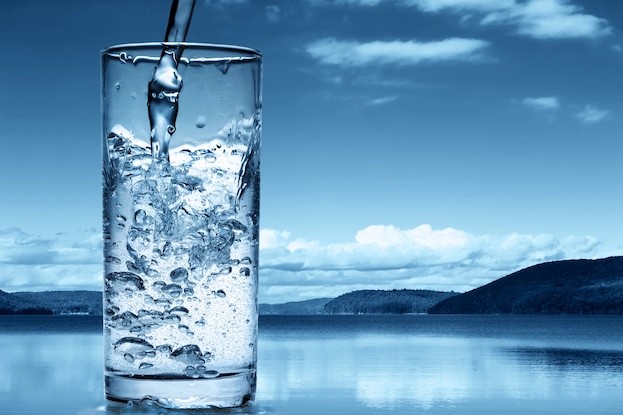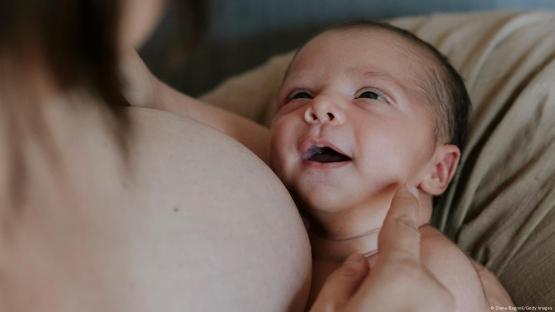SHOCKING figures have revealed the areas worst hit by ambulance delays in England.
The data shows that many people are caught in a ‘postcode lottery’ when it comes to accessing emergency care.
The chart above shows the areas worst hit by ambulance delays. A category 2 area should have a response time of 18 minutes. A category 1 area should have a response time of seven minutesIt found potential heart attack and stroke victims in the worst areas could be forced to wait one hour and 40 minutes for paramedics to arrive.
Those living in rural areas are also more likely to wait longer for care than those in urban places.
Trusts in places such as Devon, the Cotswolds and Lincolnshire were found to have the worst ambulance response times, the figures shows.
The data was obtained by the Liberal Democrats through a Freedom of Information request and comes as ambulance workers yesterday voted to strike .
Response times were provided for 227 local areas in England and split into different categories.
A category one incident has a seven minute response time, and the data showed that 83 per cent of areas in England missed this.
Those needing care in this category would be suffering with an immediate threat to life, such as a cardiac or respiratory arrest.
The worst hit areas for category 1 are:
- Mid Devon: 15:20 (mins)
- West Devon: 15:12
- South Hams: 14:44
- Cotswold: 14:27
- Ribble Valley: 14:09
- Cornwall: 13:50
- NHS South Lincolnshire CCG: 13:43
- Vale of White Horse SW: 13:14
- Forest of Dean: 13:10
- Sevenoaks: 13:09
A category two incident has a target response time of 18 minutes and these also include heart attack or stroke victims.
The 10 worst category 2 response times are shown below â in hours and minutes:
- Cornwall: 1:41:22
- NHS Lincolnshire East CCG: 1:15:00
- South Gloucestershire: 1:11:47
- North Somerset: 1:09:53
- NHS North East Lincolnshire: 1:09:25
- City of Bristol: 1:09:08
- NHS North Lincolnshire CCG: 1:08:43
- Cotswold: 1:07:54
- Forest of Dean: 1:07:09
- NHS South Lincolnshire CCG: 1:06:49
An NHS spokesperson said that the service is currently under huge pressure with more than 19 in 20 hospital beds occupied.
This includes 13,500 beds that are occupied by patients who are medically fit to leave hospital but cannot, partly due to social care issues, making it harder to admit people arriving to A&E in an ambulance, they said.
“The NHS is working with the parts of the country facing the greatest challenges to provide additional support and has taken steps to prepare for winter like never before â rolling out a national falls service, increasing the number of call handlers and boosting hospital bed capacity by the equivalent of 7,000 beds â it however remains important for anyone who needs life-saving care to continue to dial 999 in an emergency and use 111 online for other health needs,”;; they added.
Liberal Democrat health spokesperson Daisy Cooper said the heartbreaking figures show that targets are being missed in every corner of the country.
This is resulting in patients waiting ‘far too long’ for an ambulance to arrive, she said.
“This stark postcode lottery means that if you suffer a heart attack or stroke, your chances of getting to hospital on time depend on where you happen to live.”;;
Delays could however, continue to worsen after 10,000 staff members voted for strike across nine trusts in England and Wales.
This includes 999 call handlers, ambulance technicians, paramedics and their colleagues.
The decision was made after the government granted a four per cent pay award, which GMB described as a ‘massive real-terms pay cut’.
It comes just weeks after it was revealed nurses will also strike in an historic move for the profession.
And on Monday 80,000 ambulance staff at Unison also voted in favour of taking industrial action.



